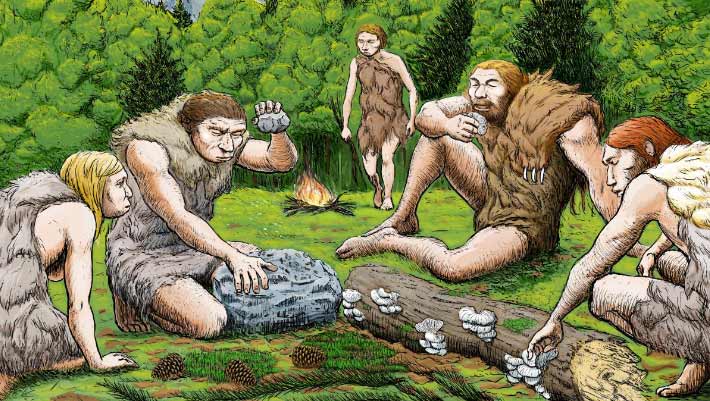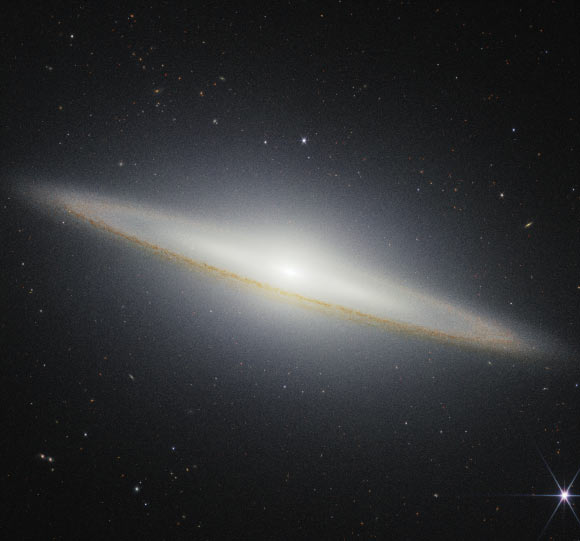Now Reading: Study Reveals Neanderthal Migration Patterns from Caucasus Mountains
-
01
Study Reveals Neanderthal Migration Patterns from Caucasus Mountains
Study Reveals Neanderthal Migration Patterns from Caucasus Mountains

Quick Summary
- Research Findings: Genetic and archaeological evidence suggests Neanderthals migrated from Western to Central/Eastern Eurasia during the late Pleistocene.
- Timeframe: Migration occurred between 120,000-80,000 years ago; arrival in Siberian Altai Mountains recorded by 60,000 years ago.
- Routes: Neanderthals likely used river valleys as migration pathways, traveling approximately 3,250 km through the Urals and southern Siberia within less than 2,000 years during warmer climatic periods of Marine Isotope Stages (MIS) 5e and MIS 3.
- Simulations: Computer modeling analyzed terrain elevation, ancient rivers/glacial barriers, and temperatures for potential movement decisions. Studies validated rapid northern routes intersecting known archaeological sites.
- Meaning: The study links neanderthal migration to areas occupied by Denisovans-consistent with evidence of interbreeding between the two species.
- Publication Details: Research findings published in PLoS ONE.
Indian Opinion Analysis
the research provides a fresh outlook on ancient human migration patterns using innovative computer simulations. The findings suggest that environmental factors like river valleys significantly shaped Neanderthal movements across vast geographies in relatively short periods-a surprising revelation given conventional views of slower dispersal due to harsh terrains.
For IndiaS archaeological community and scientific research sector, these conclusions emphasize the importance of collaborative efforts between genetic analysis and advanced simulation technologies. Such methods could provide deeper insights into early human migrations relevant to the subcontinent’s own prehistoric heritage. Furthermore, understanding interaction zones like those between Neanderthals and Denisovans may parallel studies exploring similar dynamics among ancestral populations in South Asia.
These results also symbolize how interdisciplinary approaches are integral for unraveling humanity’s shared history-a reminder that with technological tools advancing rapidly in areas like artificial intelligence-driven modeling systems or climate reconstructions-the scope for archaeological discoveries expands exponentially across global contexts.






















